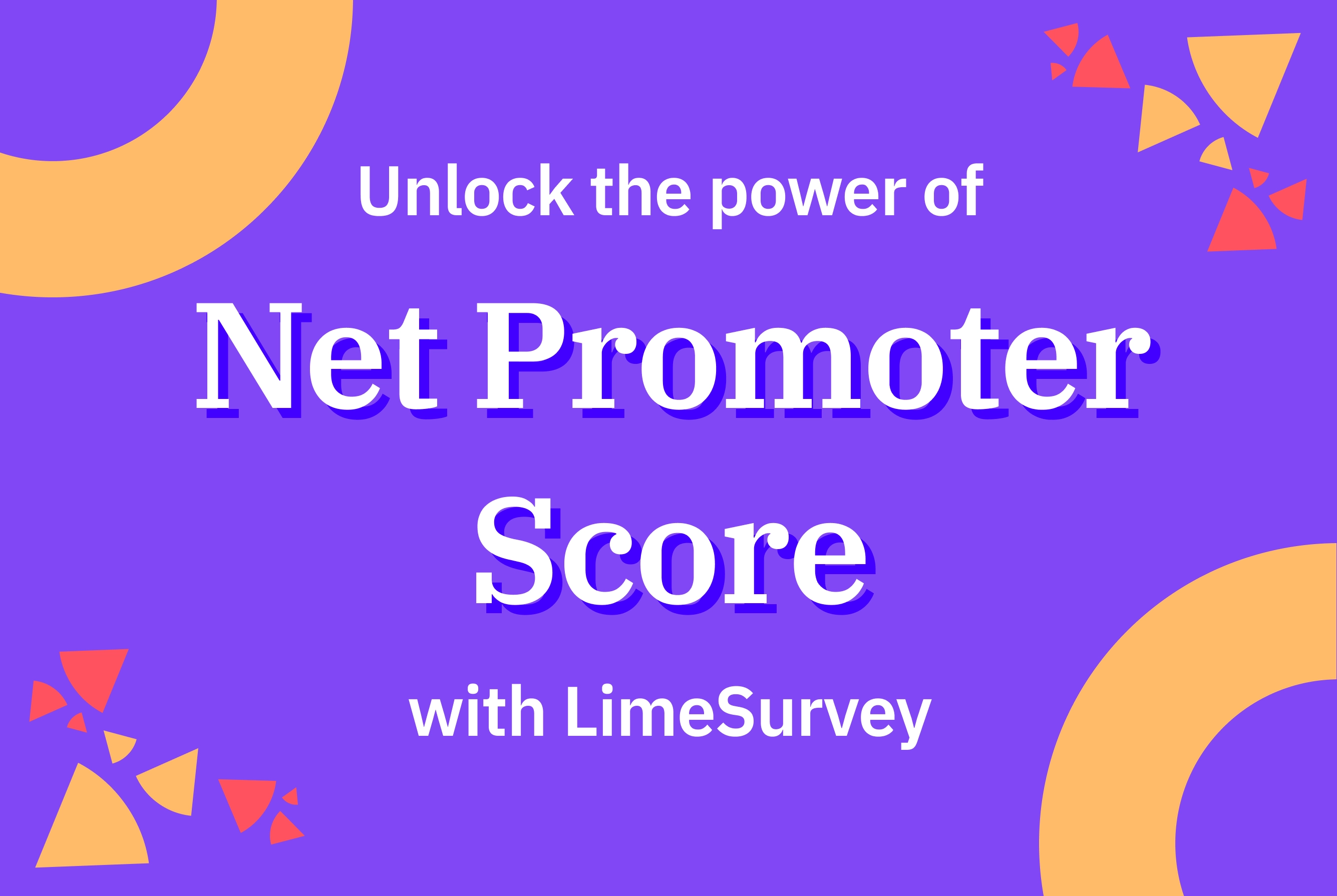Table content
To make any business work effectively, you need to know what your customers are thinking. Customer feedback is the lifeblood of a thriving business, and is one way you can measure their satisfaction along with their loyalty to your products or offering.
A powerful metric, Net Promoter Score (NPS) ensures you understand how customers perceive your brand—and this feedback can provide actionable insights into customer satisfaction and areas that might need improvement. By regularly measuring and analyzing NPS, you can better identify strengths, weaknesses, and opportunities to enhance your customers’ experience.
What is NPS?
NPS is a metric for customer loyalty that, at its essence, assesses the likelihood that a customer would recommend your product or service to others. The simplicity and effectiveness of this metric makes it very popular. It is implemented by asking a version of a single question: "On a scale of 0 to 10, how likely are you to recommend our product/service to a friend or colleague?"
Based on their responses, customers are categorized into three groups:
- Promoters (scoring 9-10): These are loyal customers, who are enthusiastic about what you do and who are very likely to keep buying your product or refering it to others, which will help fuel the growth of your brand.
- Passives (scoring 7-8): These customers are less enthusiastic, but they are mostly satisfied with what you offer. However, they may be vulnerable to offerings from your competitors.
- Detractors (scoring 0-6): These are unhappy customers who won’t recommend you to others. Worse, they could damage your brand by actively sharing a negative experience or opinion to others.
Determining NPS for your brand
While this calculation is relatively straightforward, there is some detail in the execution that is necessary to ensure accuracy and reliability in the data.
As a guide, you might follow this process:
- Surveying customers: Share the NPS question to customers through emails, in-app surveys, or SMS.
- Categorize the responses: Based on their scores, you can then group respondents into Promoters, Passives, and Detractors.
- Calculate the NPS: Use an NPS formula (see below!) to determine your score that you can keep track of and compare to over time.
- Analyze: Make sure you understand what your score means by interpreting the results for the customer sentiment.
Calculating your NPS
NPS = % Promoters − % Detractors
This formula is widely accepted as the accurate way to determine NPS. As an example, if your survey finds that 60% of respondents are Promoters, and 30% are Detractors, your NPS would be 30 (60 minus 30).
Let's break down how to calculate it step by step:
1. Gather Your Survey Results First, count your total responses and group them into these categories:
- Promoters: Customers who gave scores of 9-10
- Passives: Customers who gave scores of 7-8
- Detractors: Customers who gave scores of 0-6
2. Turn Your Numbers Into Percentages Calculate these two key percentages:
- Promoters: (Number of Promoters ÷ Total Responses) × 100
- Detractors: (Number of Detractors ÷ Total Responses) × 100
3. Calculate Your Final Score Simply subtract the percentage of Detractors from the percentage of Promoters.
Let's look at an example: Say you surveyed 200 customers and received:
- 120 scores of 9-10 (Promoters)
- 50 scores of 7-8 (Passives)
- 30 scores of 0-6 (Detractors)
Your calculation would be:
- Promoters: (120 ÷ 200) × 100 = 60%
- Detractors: (30 ÷ 200) × 100 = 15%
- Final NPS = 60 - 15 = 45
Remember to:
- Round to the nearest whole number
- Leave out the % symbol in your final score
- Keep track of your scores to monitor trends over time
Designing Effective NPS Surveys
While the base question shared for NPS is simple, it’s important to phrase things correctly in order to receive meaningful responses. Typically, you might include the NPS question at the very start or end of the survey, so that it doesn’t get lost amidst other questions.
Other ways you can enhance your survey:
- Get some context: After asking the NPS question, it’s ideal to include a follow-up question such as, “What is the main reason for your score?” You can provide suggested responses or leave this answer open-ended so you gain further understanding.
- Time it right: You are likely to get a more accurate data point by sending your NPS question or survey soon after a significant customer interaction, such as a sale.
- Keep it personalized: Heighten the chance of getting a response by addressing respondents by name and/or tailoring the questions based on their previous interactions with your brand.
Understanding your NPS Results
You need some context when interpreting your NPS score—for example, a positive score (i.e. anything above 0) indicates more Promoters than Detractors, which is a good sign. But the higher the score, the better the customer loyalty.
Additionally, what is considered a “good” score will vary by industry. This can be quite specific for more niche brands or businesses, but typically any score that is 50 and above is considered to show very strong customer loyalty, while 70 and above is world-class performance. Benchmarking your score against industry standards is important to accurately gauge your performance.
Industry benchmarks for NPS vary significantly across different sectors. Here are some typical ranges to help you gauge your performance:
Technology/Software:
- SaaS/Software Companies: 40-60
- Consumer Electronics: 30-50
Financial Services:
- Banking: 35-45
- Insurance: 30-40
- Credit Cards: 35-45
Retail/Consumer:
- E-commerce: 35-55
- Traditional Retail: 30-50
- Consumer Goods: 35-45
Services:
- Healthcare: 35-45
- Hospitality: 30-50
- Professional Services: 40-60
B2B:
- Manufacturing: 40-55
- Business Services: 35-45
- Consulting: 40-60
Remember that these are general guidelines and your specific market niche might differ. What's most important is tracking your own progress over time and continually working to improve your score based on customer feedback.
What if I have a low response rate?
It’s true that a low response rate can skew your NPS results. If you face this issue, you can consider sharing incentives to participate in your surveys, such as the chance to win a prize or the promise of a discount code. You can also take a look at your survey process and ask yourself whether it’s too complicated or hard to understand. Could it be presented in a more simple manner? Are you sure it’s reaching the right audience? It may require some testing to get it right.
NPS vs. Other Metrics
You may also be aware of other scores that measure customer sentiment, such as Customer Satisfaction Score (CSAT) and Customer Effort Score (CES). These are all important metrics, which serve different purposes.
CSAT is a transactional metric that measures satisfaction with a specific interaction, while CES evaluates the ease of customer experience, and typically focuses on the resolution of problems. Adding NPS alongside these metrics fills the gaps in a relational aspect, assessing overall loyalty and long-term customer sentiment.
NPS data is a powerful tool for improving your customer experience. By determining what Promoters love and what Detractors dislike, you can tailor your strategies to enhance your strengths and address any glaring weaknesses. Your NPS score can also help to inform broader business decisions such as product development and marketing strategies.
For example, if you have a very high NPS in certain segments, this might indicate an opportunity to expand on a product or service, or to focus on upselling further back in your sales funnel.
NPS: More than just a number
A number means nothing without context—but it can be a gateway to better understanding your customers and driving growth. By effectively measuring, analyzing, and acting on NPS data, you can enhance customer loyalty, improve business operations, and stay ahead of the competition.
LimeSurvey provides all the tools you need to launch, manage, and interpret your NPS surveys, making it easier than ever to harness the power of customer feedback.




